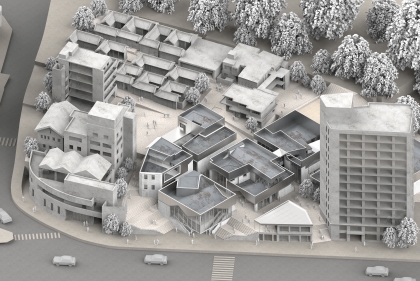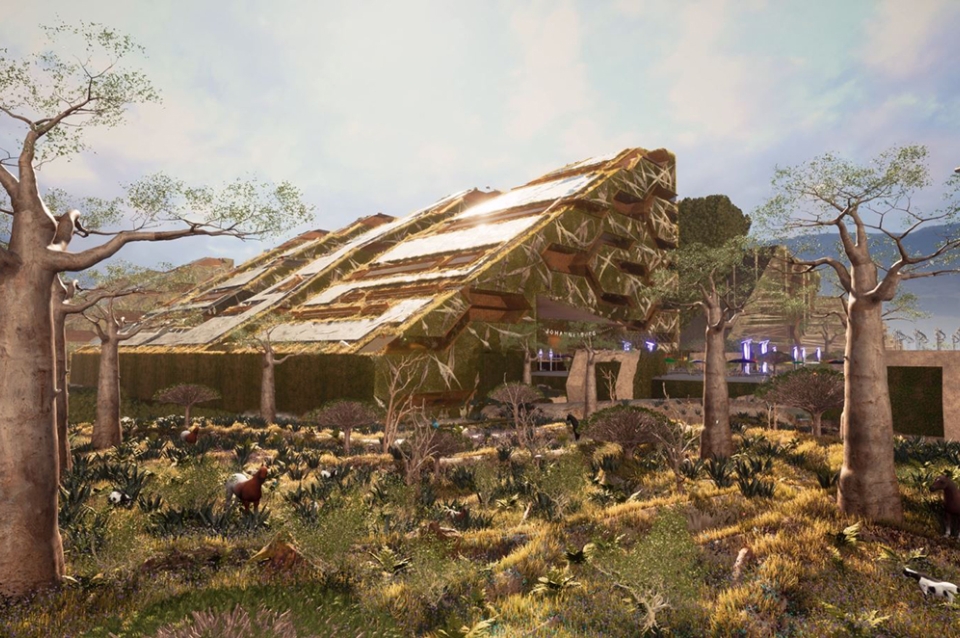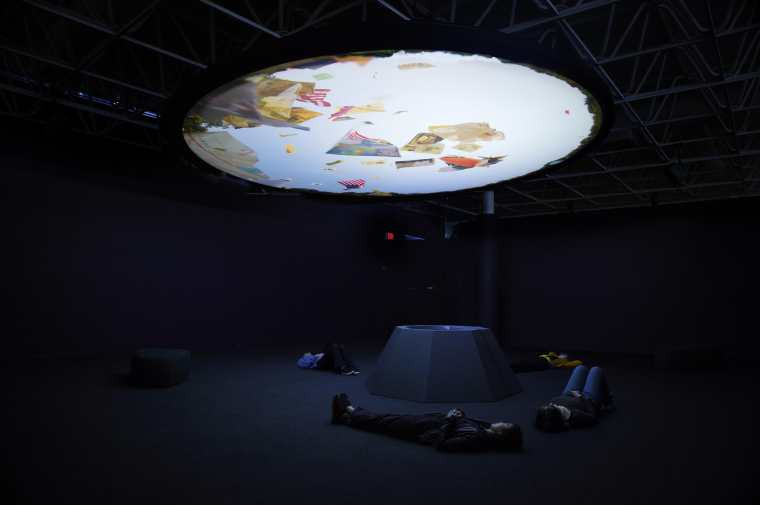January 27, 2022
Spring Architecture Courses Take on Climate Change
Close
Rendering of Johannesburg in the year 2100, from Envisioning Climate: A Virtual Reality Seminar (ARCH 732-007)Image credit: Studioteka Design
Walter Hood's 'Black Landscapes Matter,' one of the core texts for Environmental Readings (ARCH 685-401)
Drawing by Kiel Moe, from History and Theory of Architecture and Climate (ARCH 718-001)
Workflow drawing from GRO Architects, from Seeing Architecture: Technology, Ecology, Practice (ARCH 736-006)
The ecological wastewater treatment at the Ohiopyle State Park visitor center, from Ecological Architecture-Contemporary Practices (ARCH 734-001)Photo: Halkin Mason Photography courtesy SMP Architects


 View Slideshow
View Slideshow



